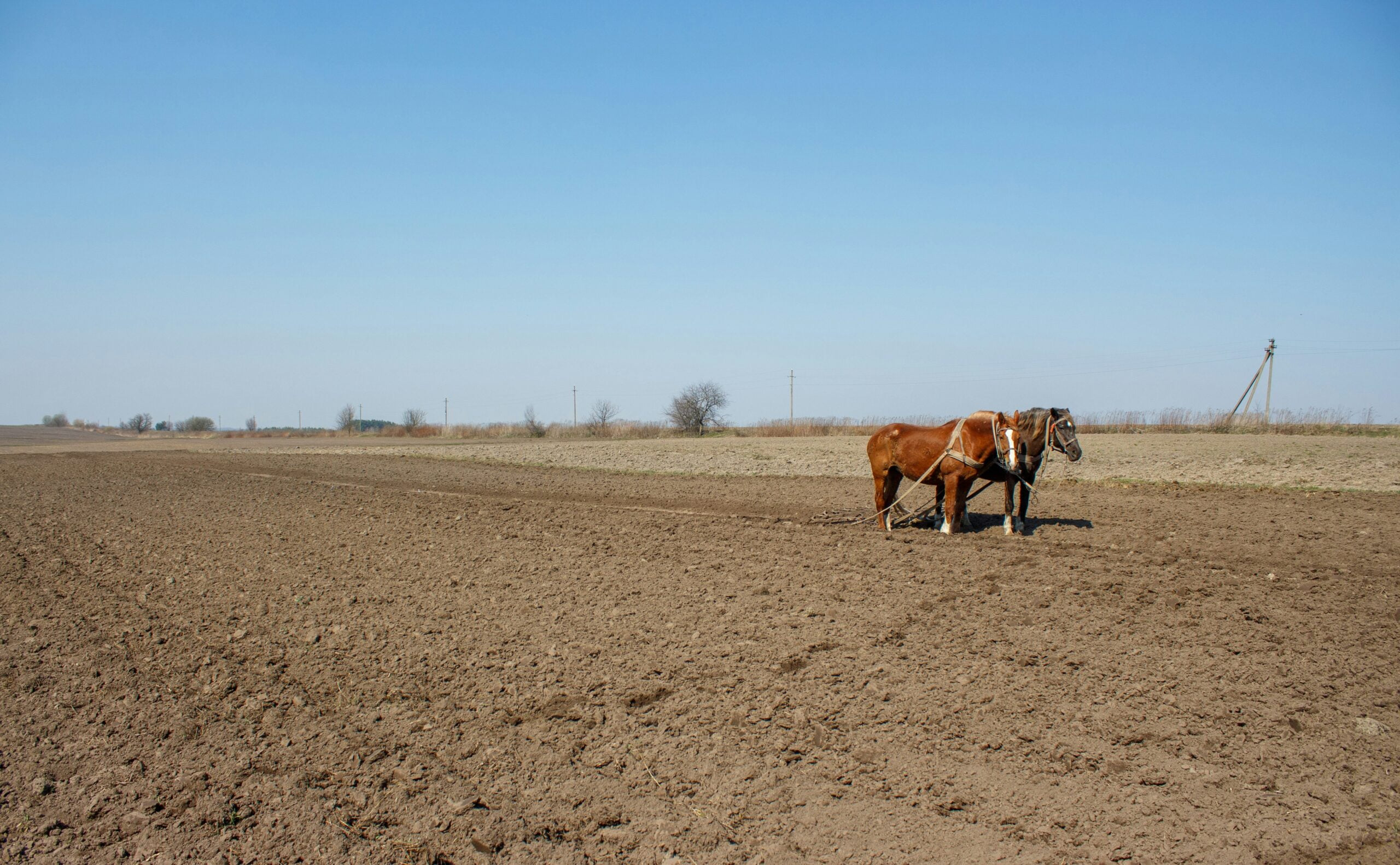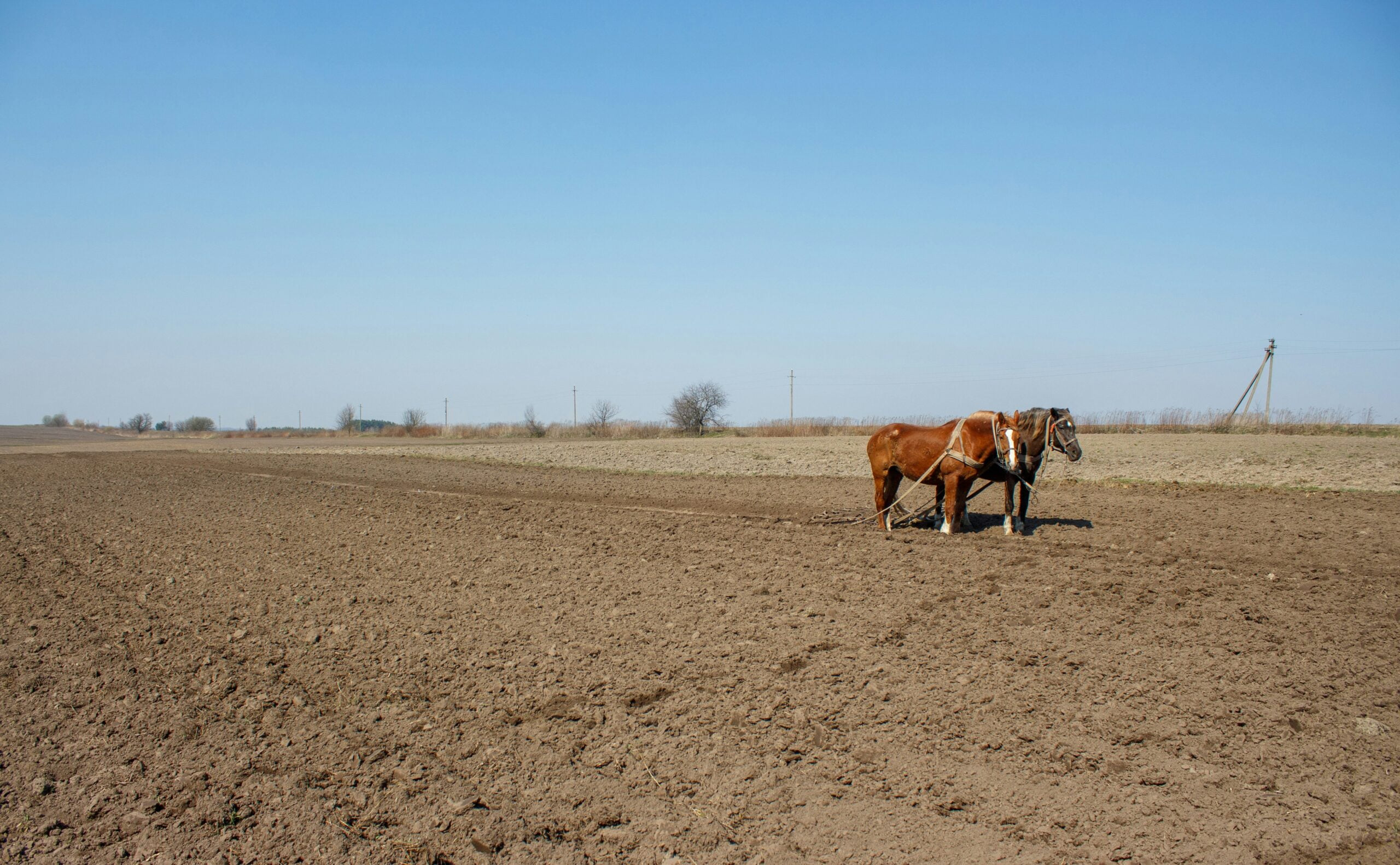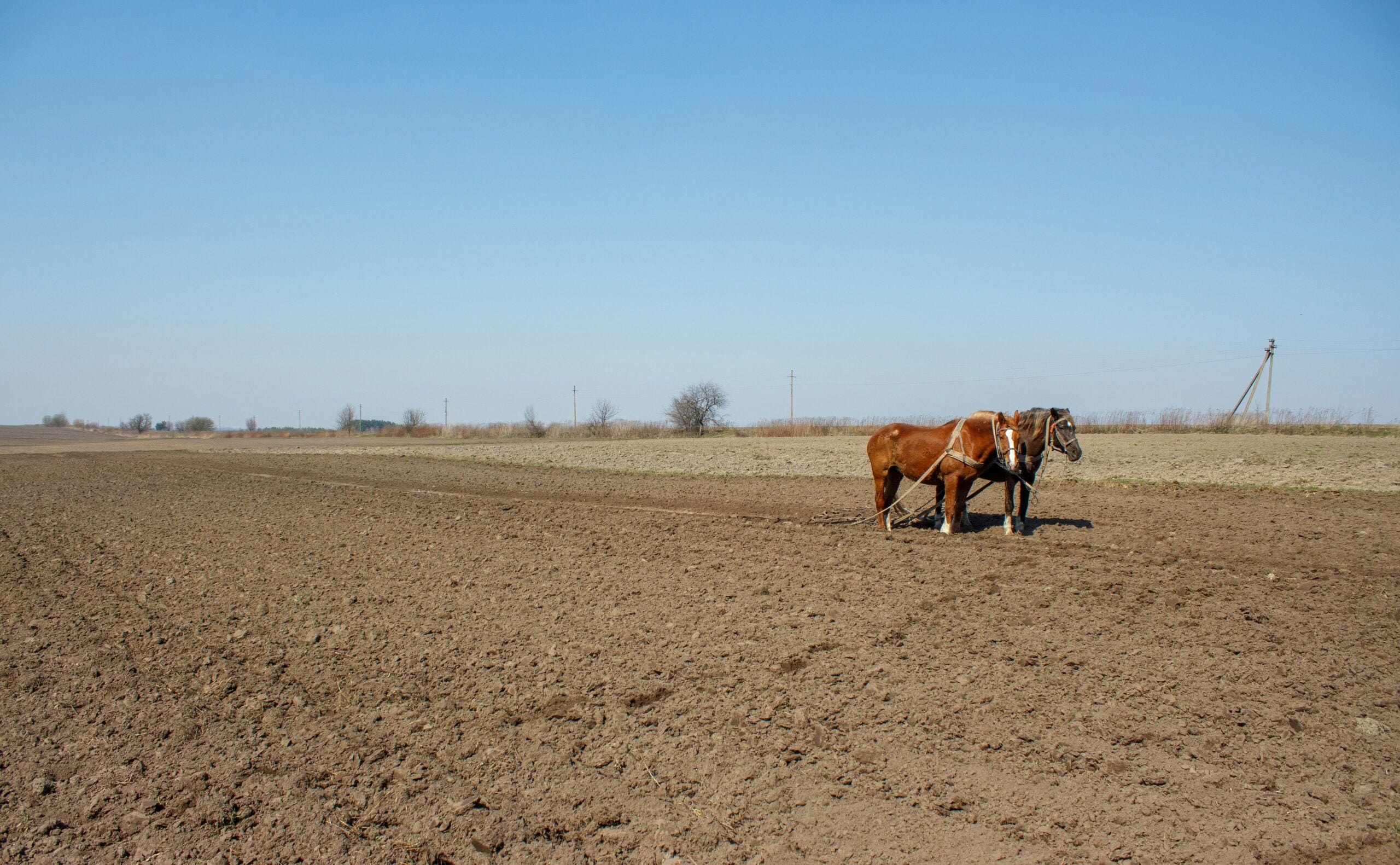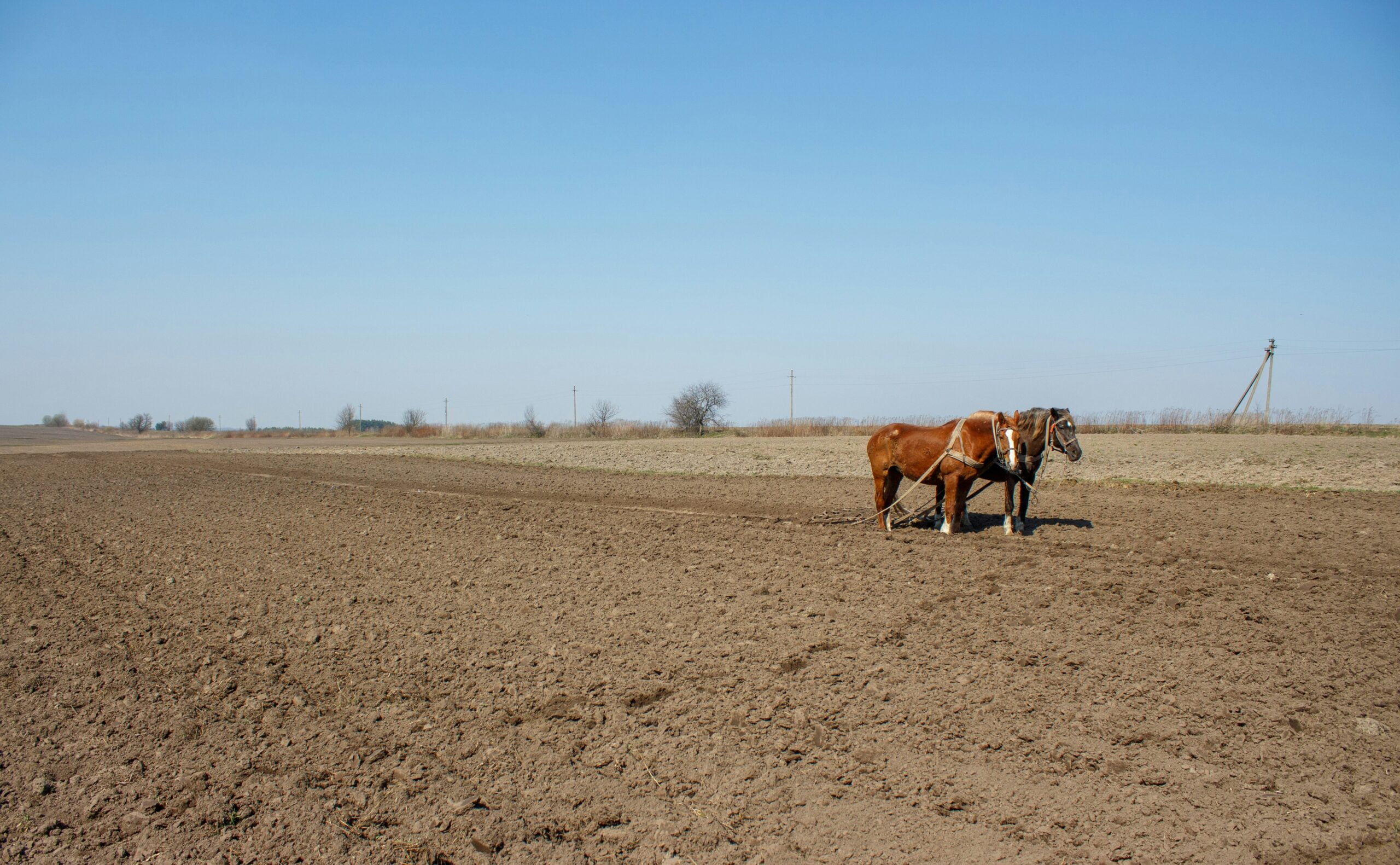Introduction to Farming in Canada
The farming industry in Canada plays a pivotal role in the national economy, contributing significantly to both domestic food security and international trade. Agriculture in Canada is diverse, encompassing a wide range of crops and livestock. From the expansive wheat fields of the Prairies to the vibrant fruit orchards of British Columbia, the sector produces an array of goods including grains, dairy, meat, poultry, and various horticultural products.
Canada’s agricultural prowess is not just a byproduct of its natural landscapes; it is also driven by continuous advancements and a commitment to sustainable practices. Modern farming in Canada leverages cutting-edge technologies and innovative methods to enhance productivity and reduce environmental impact. For instance, precision agriculture techniques are widely adopted to optimize resource use and ensure the long-term viability of farming operations.
Statistically, agriculture is a robust employment sector. According to the latest data, agriculture and agri-food systems contribute over $110 billion annually to Canada’s gross domestic product (GDP) and employ more than 2 million people. The agricultural sector supports numerous jobs, not only in primary farming roles but also in related industries such as food processing, logistics, and agricultural technology development.
Understanding the economic and operational landscape of Canadian agriculture is crucial for grasping wage levels within the industry. Salaries for farm jobs can vary widely based on factors such as the type of agriculture, the scale of the farming operation, geographic location, and the specific responsibilities associated with the role. As we delve deeper into this topic, these contextual elements will help to frame a more detailed understanding of how much farm jobs pay in Canada.
Farm job salaries in Canada are influenced by a multitude of factors, each playing a critical role in determining the final pay structure for farmers and farm workers. One of the primary determinants is geographical location. Salaries can vary significantly between provinces due to differences in cost of living, climate conditions, and regional agricultural demands. For instance, farmers in Alberta may earn more than those in other provinces due to the province’s large scale agricultural industry and higher demand for agricultural products.
The type of crops or livestock being farmed also has a substantial impact on salaries. Specialty crops, such as vineyards or organic produce, often bring higher wages due to the specialized skills required and the premium market prices these products fetch. Similarly, livestock farming involving higher-value animals, like cattle for beef production, can offer more lucrative pay compared to other livestock like poultry or sheep.
The size of the farm is another crucial element. Larger operations typically offer higher wages as they have greater financial resources and larger scales of economy. Conversely, smaller farms might not be able to offer competitive salaries due to limited revenue and financial constraints.
Labor supply and demand dynamics also play a key role. During peak seasons, such as planting or harvest times, the demand for farm labor spikes, often leading to higher wages to attract the necessary workforce. Conversely, during off-peak periods, the demand for labor decreases, which can lead to lower wages.
Another significant factor is the skill level and experience of the farm workers. Individuals with specialized knowledge, certifications, or extensive experience can command higher salaries. Additionally, some farms differentiate between full-time, part-time, and seasonal workers, with full-time positions typically offering higher wages along with benefits like health insurance and paid leave, compared to part-time and seasonal roles which often lack such perks.
Seasonal variations also affect farm job salaries. During high-demand seasons, temporary workers might see an increase in wages due to the urgent need for labor, while permanent staff may benefit from consistent pay that reflects their long-term commitment to the farm.
Understanding these factors gives a clearer picture of why salary ranges for farm jobs can be quite varied and helps individuals in the agricultural sector make informed career decisions.
Average Salaries of Different Farm Jobs
In Canada, the agricultural sector encompasses a diverse array of roles, each with its specific responsibilities and compensation. Understanding the average salaries of these farm jobs is crucial for those considering a career in this field. In this section, we will delve into the earnings of various positions including farm laborers, farm managers, animal caretakers, machinery operators, and specialized roles, highlighting concrete numbers and making comparisons with other sectors where relevant.
Farm laborers, who perform a variety of manual tasks essential to farm operations, typically earn an average hourly wage of CAD 15 to CAD 20. Their annual salary, therefore, can range from approximately CAD 31,200 to CAD 41,600, assuming full-time employment. This rate can vary based on location, specific farm needs, and the level of experience of the worker.
Farm managers, responsible for overseeing farm activities, planning, and financial management, generally have higher earning potential. On average, a farm manager in Canada can earn between CAD 50,000 to CAD 70,000 annually. Factors such as the size of the farm, the complexity of farm operations, and managerial experience contribute to this variance in salary.
Animal caretakers, who ensure the welfare of livestock, typically earn around CAD 30,000 to CAD 40,000 annually. This role is crucial for maintaining the health and productivity of farm animals, and wages can vary depending on the type of livestock and the caretaker’s expertise.
Machinery operators, skilled in handling and maintaining farm equipment, earn between CAD 40,000 and CAD 55,000 per year on average. This role is critical for efficient farm operations, especially in larger scale farms that rely heavily on mechanization.
Specialized roles such as agronomists and veterinarians are particularly well-compensated within the agricultural sector. Agronomists, who apply scientific principles to crop management, typically earn between CAD 50,000 to CAD 80,000 annually. Veterinarians, providing medical services to farm animals, can expect to earn from CAD 60,000 to CAD 100,000 or more, reflecting their advanced qualifications and essential role in animal husbandry.
In comparison to other sectors, the agricultural industry in Canada offers competitive salaries, particularly for specialized and managerial positions. While the remuneration for entry-level and manual roles may be modest, opportunities for salary growth exist with experience and specialization. The diversity of roles within the sector ensures that there is a range of opportunities suitable for different skill levels and career ambitions.
Regional Salary Variations
The salary of a farmer in Canada can significantly vary depending on the region, influenced by local economic conditions, the predominant types of farming, and the availability of labor. For instance, Quebec, known for its extensive dairy industry, offers different salary opportunities compared to the grain-dominated Prairies or the fruit and vegetable farms in British Columbia.
In Quebec, where dairy farming is prevalent, farmers’ earnings can be influenced by the high demand for dairy products and the supply management system in place. On average, dairy farmers in this region tend to earn higher salaries, which are also supported by government policies that stabilize prices and demand.
The Prairie provinces, including Alberta, Saskatchewan, and Manitoba, predominantly engage in grain and oilseed farming. These regions are characterized by large-scale operations that benefit from economies of scale. Grain farmers in the Prairies often experience earnings that reflect the global commodity prices, which can lead to fluctuating income levels year over year. However, the average salary in these regions can be lucrative during high-demand periods.
British Columbia (BC) offers a different agricultural landscape, with a focus on fruit, vegetables, and greenhouse production. Farmers in BC benefit from diverse crop options and a comparatively mild climate, which can extend the growing season. Salaries in this region can be attractive, particularly for those involved in high-value crops like berries and greenhouse vegetables. The labor market in BC also affects salaries, with a greater availability of seasonal workers potentially reducing overall wage levels.
Other notable regions include Ontario, where mixed farming activities diversify income streams, and the Atlantic provinces, where smaller-scale, family-operated farms are common. Ontario farmers benefit from proximity to urban markets, which can enhance income potential through direct sales and agritourism. In contrast, the Atlantic provinces may offer lower average salaries due to more regionalized market access and smaller farm sizes.
Understanding these regional differences is crucial for anyone considering a farming career in Canada, as it underscores the importance of location and type of farming on earning potential.
Cost of Living Considerations
When assessing the average salary for farm workers in Canada, it is crucial to factor in the cost of living, as it can considerably influence real income. The cost of living varies significantly between rural and urban areas, affecting the overall disposable income of farm employees. Rural regions often boast lower housing costs compared to urban centers, making it relatively affordable for farm workers to live in proximity to their workplace. For instance, rental and property prices in rural areas are generally more economical, thereby reducing a significant portion of living expenses.
Transportation is another pivotal factor that impacts disposable income. In rural areas, public transportation options may be limited, necessitating the use of personal vehicles for commuting. While this can add to costs through fuel, maintenance, and insurance, farm employees in urban locales may benefit from more robust public transport systems, albeit with higher everyday living expenses.
Furthermore, the availability of services such as healthcare, education, and shopping facilities can greatly vary. In urban areas, access to these services is typically more convenient but also more costly. Conversely, rural regions might lack extensive services, requiring additional travel, which implicates both time and financial resources.
Comparing farm workers’ salaries with those in other local industries highlights stark differences in disposable income. For instance, professionals working in urban industrial sectors may earn higher gross wages; however, their net income can be comparably less once accounting for the higher urban living costs. On the other hand, ancillary benefits, such as access to community networks and a closer connection to nature, can also serve as intangible advantages specific to the rural lifestyle embraced by many farm workers.
Ultimately, understanding the intricate balance between income and living costs provides a more accurate picture of the real earning potential for farm workers, which is vital for making informed career decisions within the agricultural landscape of Canada.
Government Support and Subsidies
Government support and subsidies play a pivotal role in the Canadian agriculture sector, providing invaluable assistance to farmers and farm workers. Recognizing the vital importance of agriculture to the national economy, federal and provincial governments have implemented a range of programs aimed at bolstering this industry. These initiatives not only help farms stay afloat during difficult economic times but also enhance farm profitability, indirectly influencing wages.
One crucial aspect of government support is financial assistance. This includes direct subsidies and insurance programs that aid farmers in navigating economic uncertainties, like unexpected weather events or fluctuating commodity prices. By stabilizing farm income, these measures alleviate financial stress, making it possible for farms to offer more competitive wages.
Training and education programs are another significant component of government support. These initiatives focus on enhancing the skills and knowledge of both existing farm workers and those entering the industry. Programs often cover a range of topics, from sustainable farming practices to the latest technological advancements in agriculture. By investing in the workforce, these programs help increase productivity and efficiency on the farm, contributing to higher overall wages.
In addition, tax incentives play a crucial role in easing the financial burden on farmers. These can include exemptions or reductions in property taxes, investment tax credits for farm equipment, and tax deferrals for reinvested earnings. By lowering operational costs, tax incentives improve the financial health of farms, which can then potentially pass on the benefits to employees in the form of better wages.
Furthermore, grants for technological adoption are significant for modernizing farm operations. Governments often provide grants or low-interest loans to farmers seeking to purchase advanced machinery or adopt new technologies. Enhanced mechanization and technological efficiency directly lead to increased farm profitability. Higher profits enable farms to offer better wages, attracting and retaining skilled workers.
In essence, government support and subsidies are integral to the agriculture sector in Canada. By providing financial stability, enhancing workforce skills, reducing taxation burdens, and promoting technological advancements, these initiatives significantly impact farm profitability and wage structures, ensuring a robust and sustainable farming industry for the future.
Challenges and Opportunities in Farm Employment
Employment in the agricultural sector presents a unique blend of challenges and prospects. One substantive challenge is job security. Farmers and farm workers often contend with seasonal employment, which can lead to periods of financial instability. The nature of farm work, heavily reliant on weather conditions and market fluctuations for crops and livestock, exacerbates this issue. Additionally, working conditions can be arduous, involving long hours, physically demanding tasks, and exposure to varying weather conditions, all of which contribute to the high attrition rates in the sector.
Access to healthcare and benefits is another critical concern. Given the rural settings of most farms, obtaining adequate healthcare may be difficult. Employer-provided benefits like health insurance, retirement plans, and sick leave are often less comprehensive compared to those found in other industries. This lack may deter potential workers from considering long-term careers in farming.
Nevertheless, the evolving landscape of agriculture in Canada offers several promising opportunities that could positively alter the trajectory of farm employment. Technological advancements in agricultural practices are paving the way for increased efficiency and productivity. Innovations such as precision farming, automated machinery, and biotechnology are transforming traditional farming methods, making the work less labor-intensive and more attractive to a tech-savvy generation of workers.
Moreover, the increasing consumer demand for locally sourced and organic food has opened new markets. Sustainable farming practices and organic farming are witnessing unprecedented growth, offering farmers opportunities to tap into niche markets that command premium prices. This shift not only has potential for higher revenues but may also create more stable and higher-paying jobs within the sector.
Overall, while farm employment comes with considerable challenges, the opportunities created by technological advances and evolving consumer preferences present a positive outlook for the future. By addressing these challenges and capitalizing on these opportunities, farm workers could experience improved wages and better livelihood conditions over time.
Future Outlook for Farm Jobs and Salaries in Canada
The agricultural sector in Canada continues to evolve, influenced by multiple factors such as policy changes, technological advances, climate change, and market demand. As we look to the future, it is important to analyze how these elements will shape farm jobs and their associated salaries.
Agricultural policies play a significant role in determining the economic landscape of farming. Government subsidies, tariffs, and trade agreements can either bolster or hinder the sector. Future policies promoting sustainability and organic farming could lead to an increased demand for specialized skills, potentially driving up wages for those possessing the necessary expertise.
Technological advancements are also set to redefine the nature of farm jobs. Automation and artificial intelligence (AI) are not just buzzwords but transformative tools that are already being integrated into farming practices. The adoption of technologies such as drones for crop monitoring and automated machinery for planting and harvesting can increase efficiency. However, this shift might reduce the demand for manual labor while creating new, higher-paying jobs requiring technical skills and expertise in managing and maintaining these systems.
Climate change is another critical factor that cannot be ignored. Shifts in weather patterns can affect crop yields, necessitating adaptive farming methods and possibly altering the economic viability of certain types of agriculture. Regions that can adapt to these changes may see increased investment and farm job opportunities, while others could face economic challenges.
The market demand for agricultural products also fluctuates based on consumer preferences and global supply chains. An increasing trend towards locally sourced and organic foods can influence what is grown and, consequently, the types of jobs available. Higher demand for certain crops could lead to higher wages for farm workers skilled in cultivating those specific products.
In summary, the future of farm jobs and salaries in Canada will be shaped by a complex interplay of policies, technology, climate change, and market demands. The sector promises both challenges and opportunities, with evolving roles and compensations reflecting these dynamic influences.





